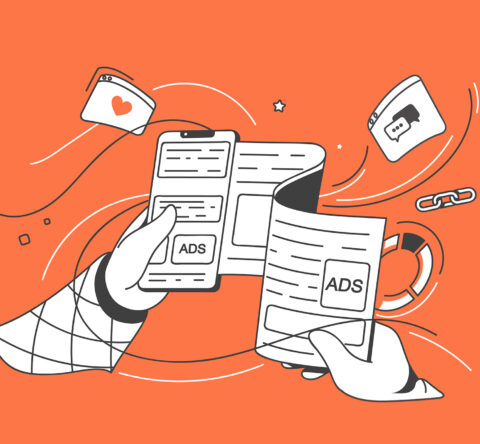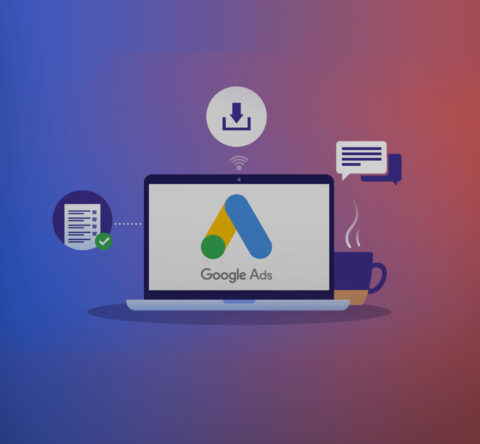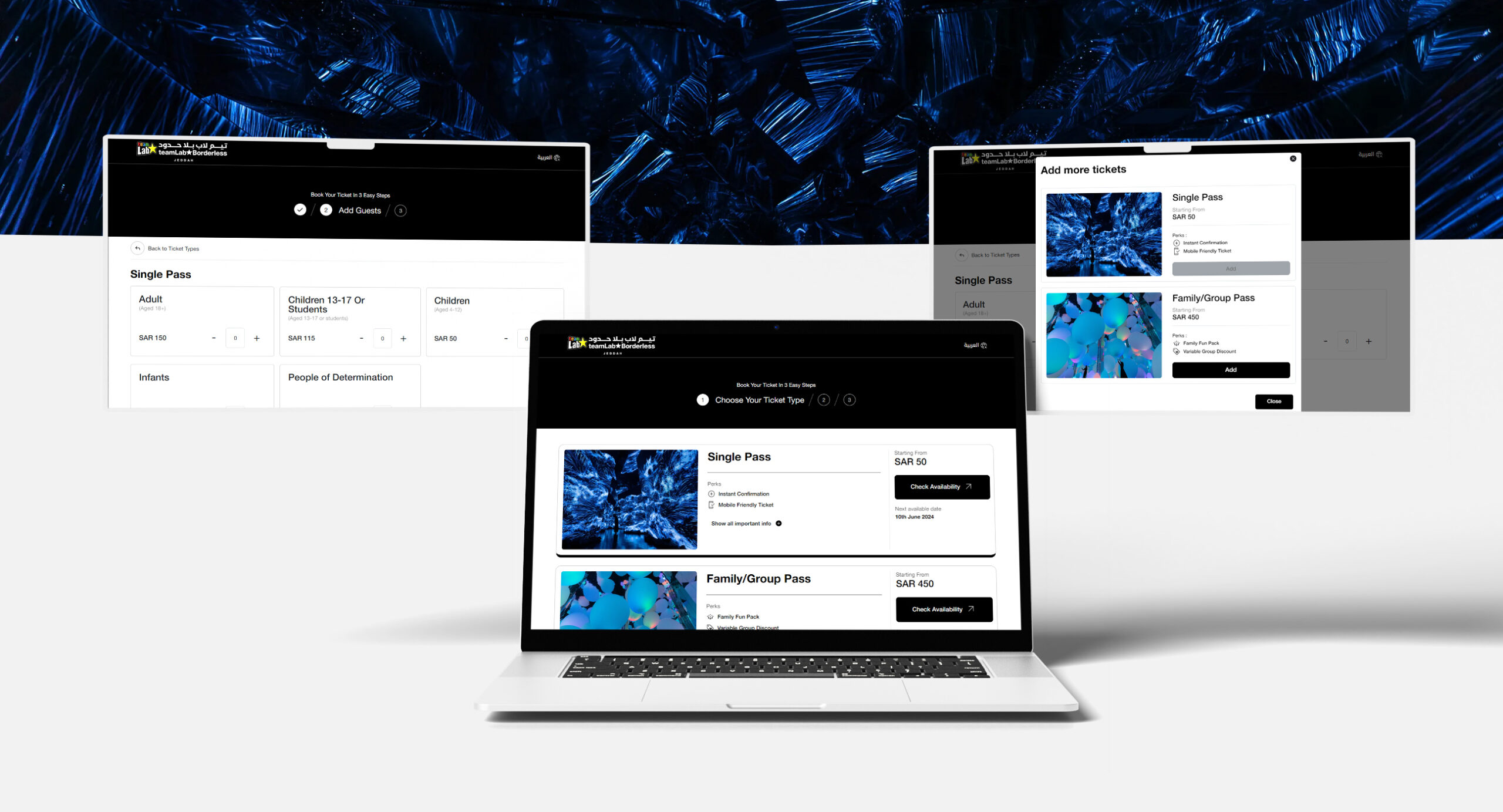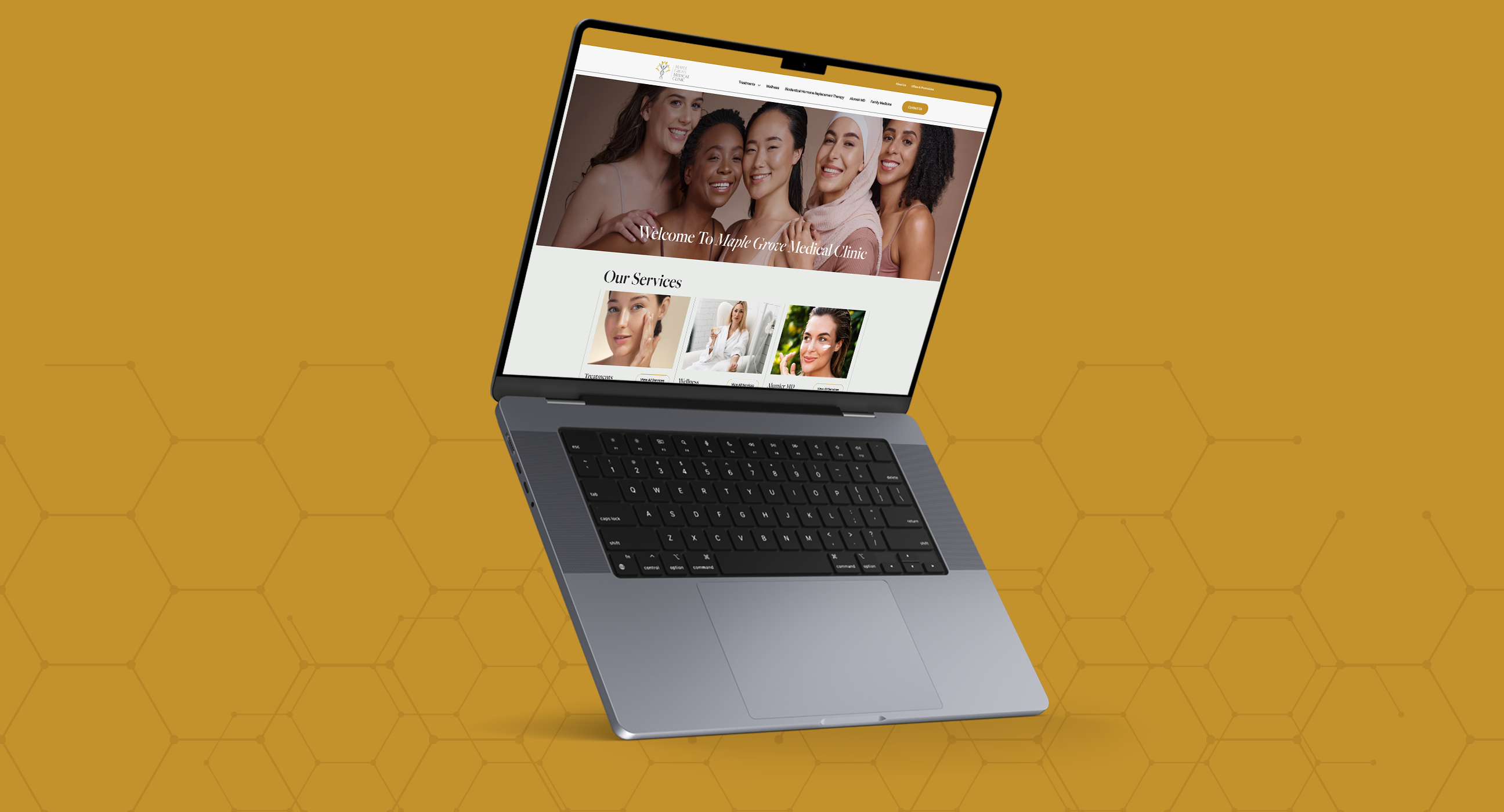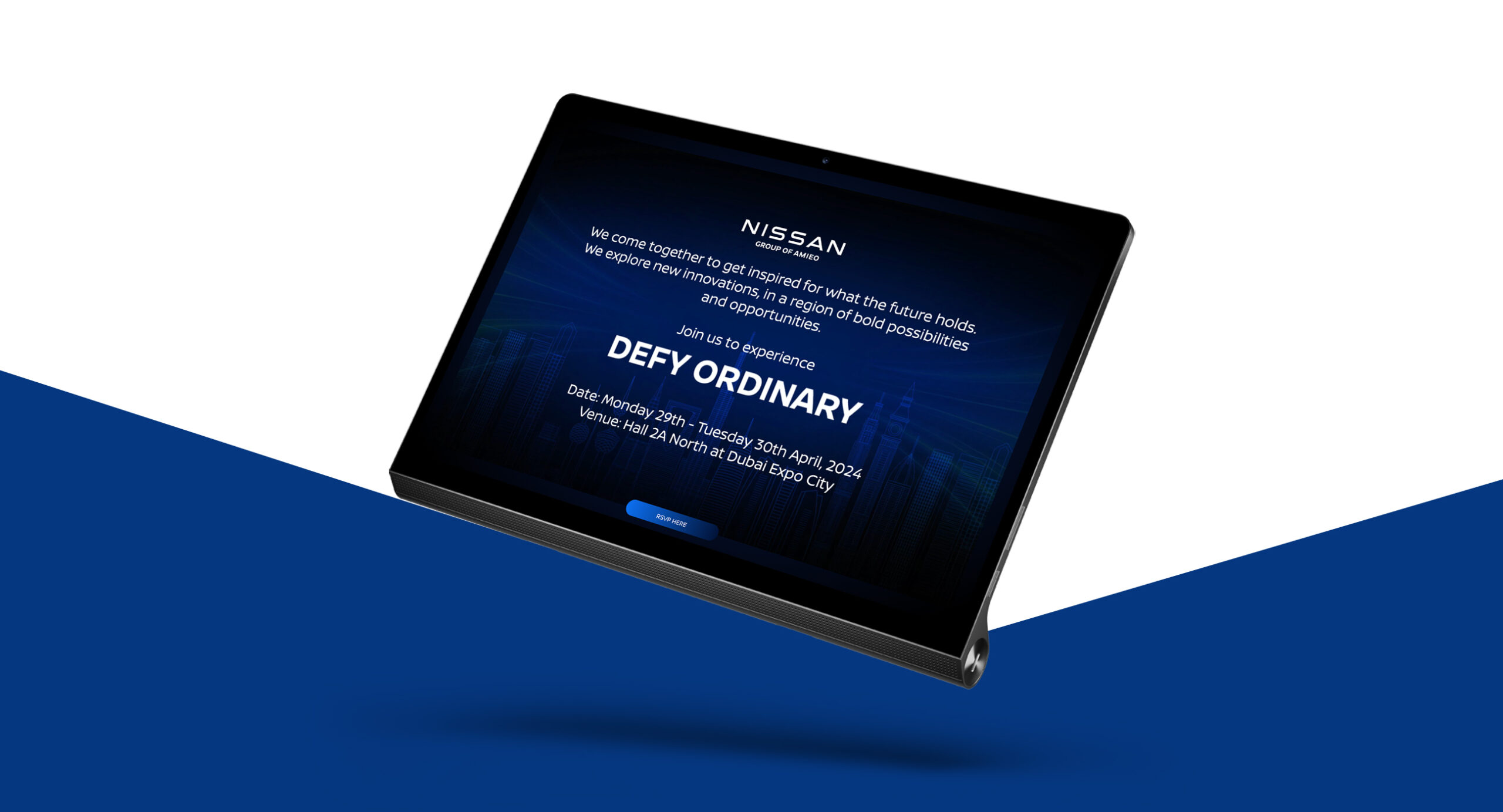While online we see a lot of types of ads and the stimuli they leave on us are incredible. Having a deep understanding of the main differences between native advertising as well as display ads is crucial to harnessing the power of both channels for the online exposure of your brand. Seamless integration is possible through ads and choosing the best depends on several factors.
Many businesses despite vertical and size use display ads at the same time as native ads at some point in their marketing journey. In this blog, you will understand more about native advertising vs display and the benefits of native advertising as well as display advertising.

What is native advertising?
Native advertising is a form designed to blend in the page content, consistent with the respective media platform, from an editorial point of view. This marketing method has revolutionized the marketing promotion history of the last few years. Data capture, brand lift, clickthrough rates, lead generation, purchase intent, downloads, search intent, time spent, social shares and awareness are some of the best metrics used to measure the success of native ads. Native advertising takes place in various forms depending on objectives.
- In-feed units – These kinds promote articles in the normal feed section of the web page.
- Paid search units – It is designed to attract a little more attention from the target with a guaranteed placement such as, the Ad is about or the ad is related to.
- Promoted Listings – Ads appear on e-commerce websites such as Amazon, Flipkart and Alibaba.
- Custom – These native ads do not fall under a specific category.
- Content recommendations – Blogposts, articles, and landing pages are suggested to end-users.
- Interstitial ads – These ads are a kind of full-time ads and appear on mobile ads
For detailed information and insights about Native ads, what is it, and does it work? You should read our other blog on it.
Benefits of native advertising
Both the ad types have benefits and it is up to you to weigh specific factors of business and determine which to choose from. The following are the specific benefits of native advertising:
- Increased brand awareness
- Better engagement
- Improved user retention
- Better ROI
- Creative flexibility
- Share valuable content
- Ad blocker resistance
What is display ads?
The main purpose of display ads is to provide general ads and brand messages to website owners. Advertisements are presented in the form of display ads that appear on third-party websites or on search engine result pages leading to websites or social media. These aim to support brand awareness and help to increase customer purchase intent.
Display ads take place in various forms depending on objectives.
- Text ads – Words are used to promote a product and service
- Banner ads – These usually appear on websites and applications and its highly creative
- Pop-ups – These appear on small windows in the monitor of a user’s screen. You can see it on SERP and social media.
- Overlay ads – Typically can be seen at the bottom of a video screen. Overlay ads can be closed if you wish.
- Newsfeed ads – Appears on the newser’s newsfeed. You can see this on social media
- Expandable ads – As the name implies, it is expandable
Benefits of display ads
- Increased brand awareness
- Visual identity
- Targeting and retargeting
- A/B testing
- Creative Automation
- Real-time updates
- Striking visuals
Native Advertising vs Display advertising
Both ad types try to engage the audience, lifting brand awareness and helping businesses online exposure. Display ads as well as native ads use text, logos, animation and all sorts of multimedia. The following key points illustrate Native Advertising vs Display advertising in a better manner.
Native Advertising
- To stand out from the crowd, you need to create genuine native ads that can be challenging and take time.
- It is blended into the page’s content giving prominence to engaging the reader
- It gets higher clickthrough rates because of its blending format within the page’s content
- It registers your website with increased traffic
- It has exorbitant pay-per-click
- It is more effective on mobile than on desktop
- Contextual relevance and higher engagement can be achieved with native ads
- Highly adaptable to the platform and specific environment so no customization is required.
- It provides various experiences for the user and lacks a consistent brand experience
Display advertising
- It can be created comparatively easily as it similar to paid ads
- It is all about garnering attention from the target lead into the purchase
- It has lower clickthrough rates compared to native ads
- It helps with retargeting in an effective manner
- It has cheaper pay-per-click
- It is more effective on a desktop than a smartphone
- Lacks contextual relevance but has high-quality visual appeal
- Display ads need customization to fit into the screen
- It provides a steady brand experience on all devices and platforms
Which type of ad fits your business?
It depends on several factors. You need to consider your target audience and the type of outcome you wish to achieve. If you are aiming for a promotion or product launch, you can try out display ads. On the other hand, if you want to increase brand equity or brand awareness native ads work best for you. It is also a good idea to opt for native ads if your target audience falls into the use of smartphones rather than desktops.
Some might prefer to blend both these ad formats to leverage different outcomes in different stages of the marketing. It is fine to use both or stick to one. You make the rules, analyze the results and make adjustments. Ultimately, campaigning with display and native ads is the most effective way.
What is native advertising or which is best native or display are some of your queries and we hope you got an answer. With the help of Google Ads and PPC Agency Dubai, you can launch, test, and optimize campaigns to high performance. They will manage and determine which ads choose between native and display ads to make sure your performance goals are met. For instance, they may suggest you try Google ads offline conversions.
Related Post
Publications, Insights & News from GTECH



